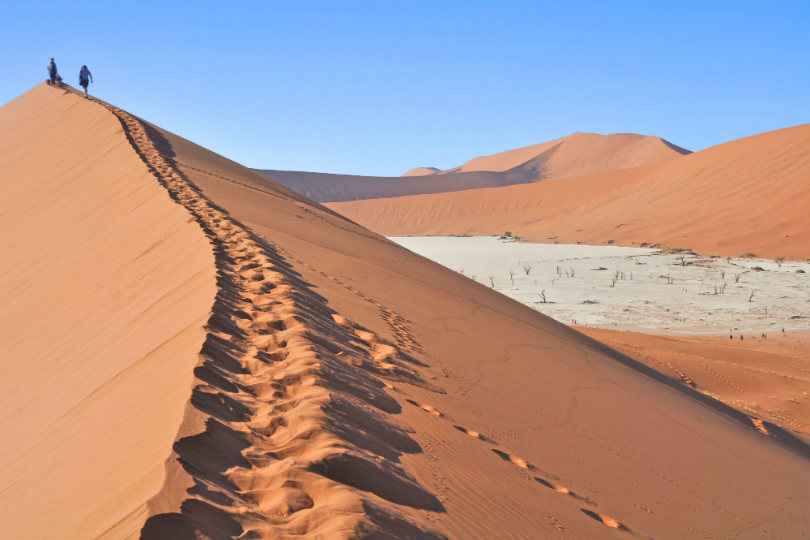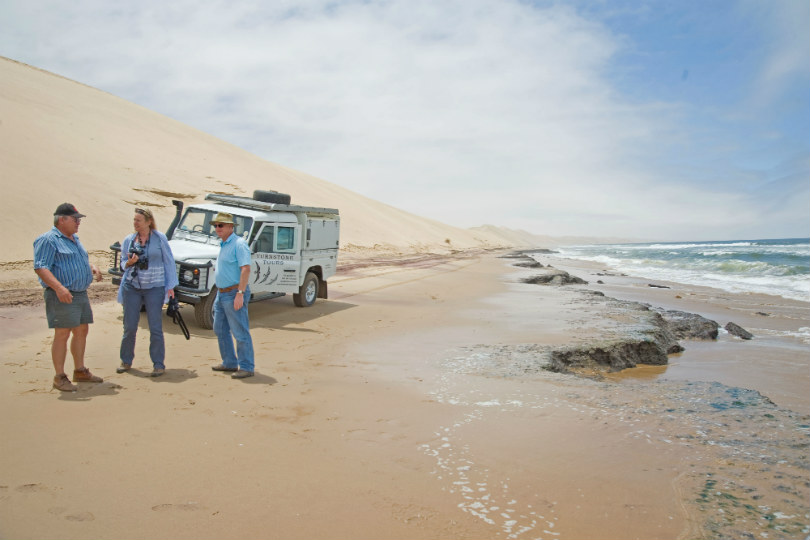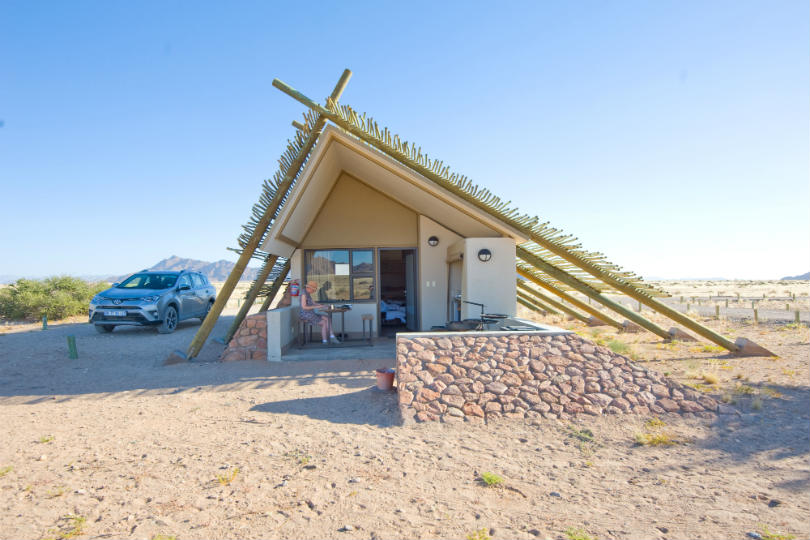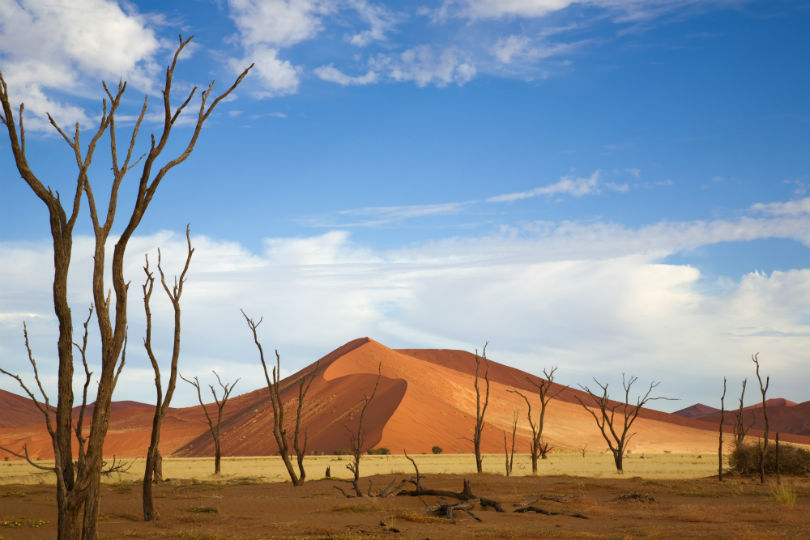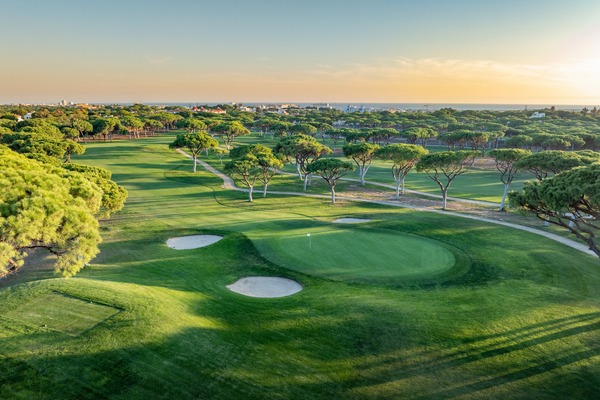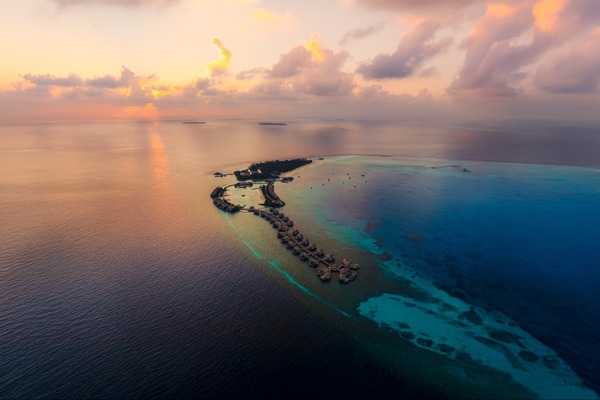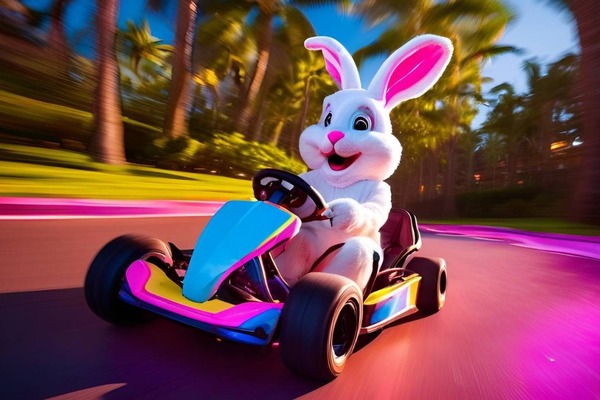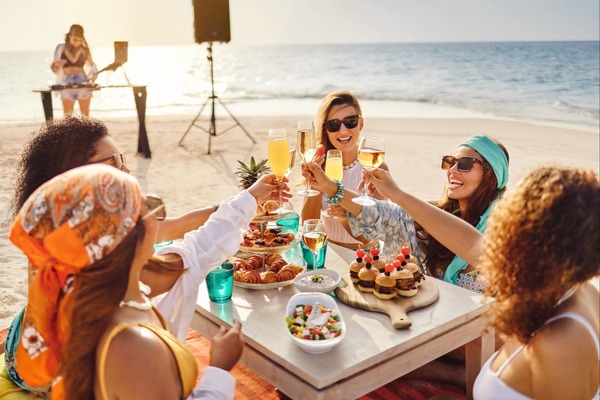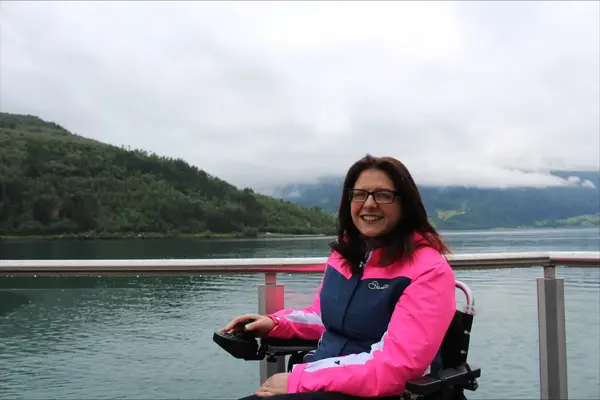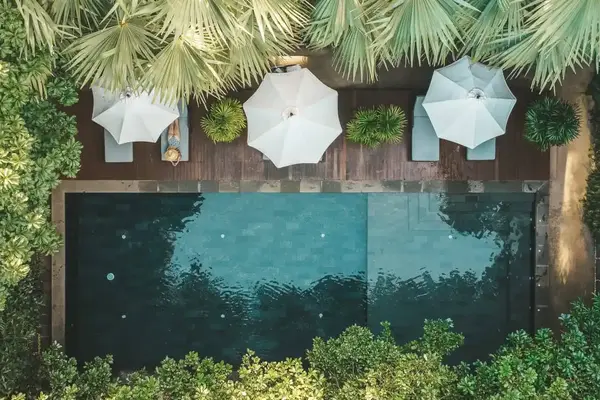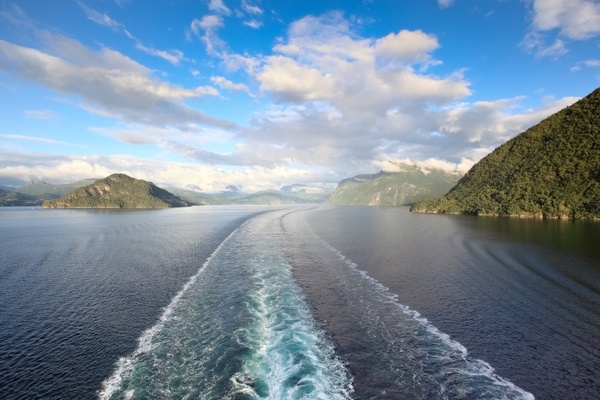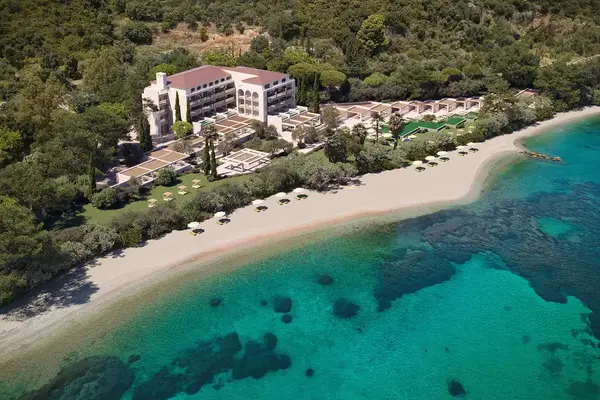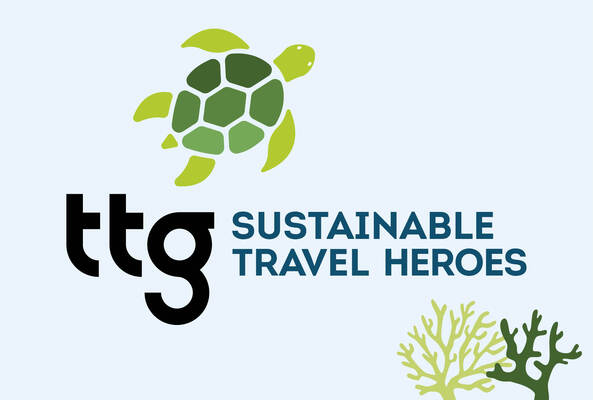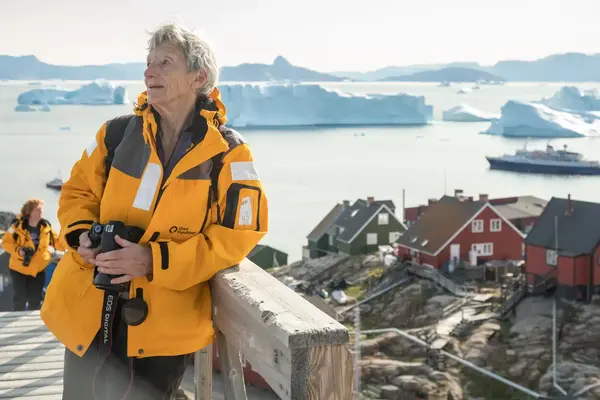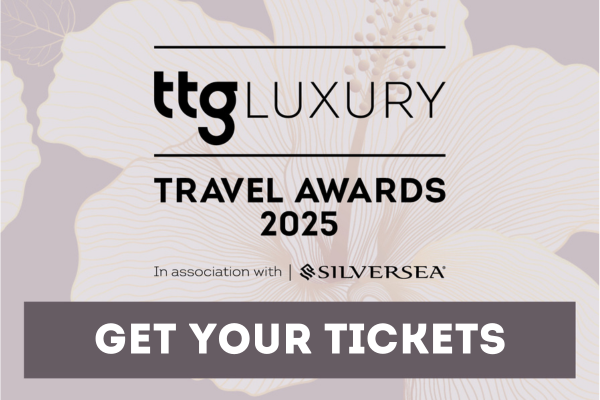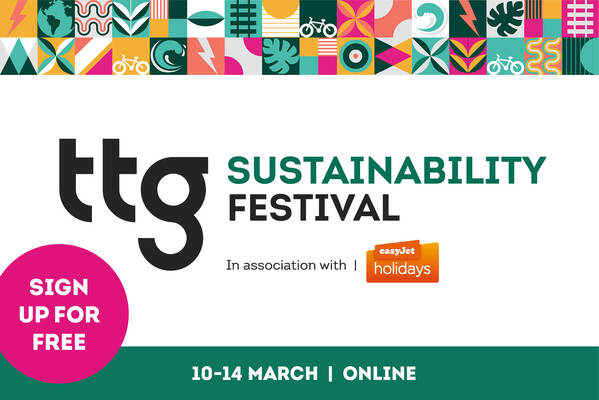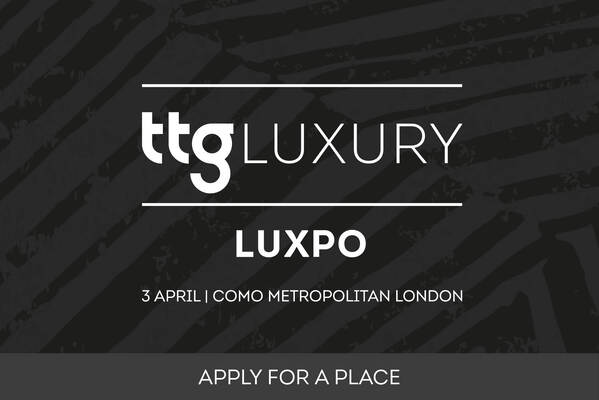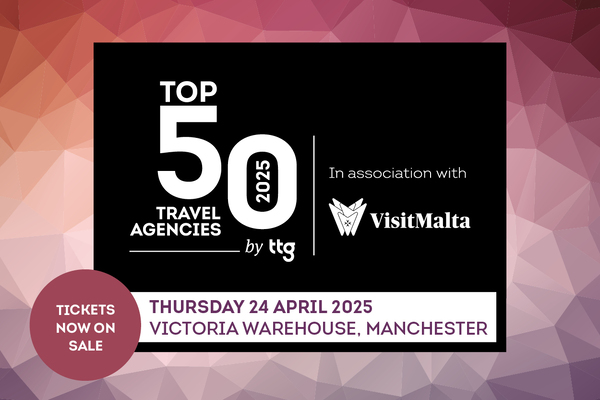Namibia: Top tips for a self-drive trip
Self-drive holidays to Namibia are perennially popular, with travellers continuing to discover the country’s astonishing landscapes by road.

The Toyota Rav 4 is a hefty vehicle, but it T bounces like a football as we head along the Namib Desert dirt road.
Eventually I snap, shouting "I can’t take much more of this!" moments before a car more suited to trips to Asda tears past us.
Something is very wrong, but we don’t find out what until we reach our destination that evening, shaken to our bones.
I had deflated the tyres a little to smooth the bumps, but clearly not enough – it turns out the previous driver had pumped them way beyond the recommendation even for tarmac roads.
With our tyres and my Jeremy Clarkson ego massively deflated, I remember Namibia self-drive rule number one: check tyre pressures when hiring vehicles.
Self-drive trips to Namibia remain hugely popular, with a range of operators offering diverse itineraries.
Rainbow Tours’ product manager reveals that 90% of clients opt for Namibia self-drive trips.
She adds: "Namibia is so incredibly scenic and vast that driving is an amazing experience, coupled with the fact that you are completely independent and flexible to do more of what you enjoy. The roads are well maintained and straightforward, making it easy for just about anyone."
Get your fill
As I discover for myself, rule two on a Namibia self-drive is to ensure clients carry enough water and fill the tank whenever they see a petrol station.
The day-long drive from the coast to Sossusvlei, site of arguably the world’s finest dune landscape, has only one fuel stop – two-thirds of the way there at Solitaire.
It offers a hotel, cafe and fine German bakery, a reminder of Namibia’s colonial past. This time there’s no petrol but we make it on one tank, and a chilly dawn next morning sees us anticipating a big treat as we enter the gates of Namib-Naukluft national park.
Inside, the 40-mile road to Sossusvlei is unexpectedly pristine tarmac and, at 6am, we are almost the only ones on it. We drive for an hour as the ochre dunes grow to huge proportions, making us feel increasingly small among the vastness of a landscape shared only with a few oryx.
For the last three miles, we swap our two-wheel drive for the park’s 4x4 shuttle that weaves through fine sand to Sossusvlei proper.
It’s high summer here, but the early-morning temperature is perfect as we climb hundreds of feet up the star dune.
We survey Deadvlei, once a riverbed but now a white clay pan. From up here, petrified 900-year-old camel thorn trees resemble pins in a map, and we race down to them ankle-deep in sand.
At the bottom, land and sky meld in a Technicolor mix of rusty orange, ultramarine blue and dazzling white, and I marvel at the spooky resemblance of several wizened trees to prehistoric creatures.
Animal magic
The temperature climbs as we drive back at midday to Desert Quiver Camp’s dinky bungalows, our home for three nights.
That evening as we barbecue, a bison lumbers past, a wildcat scuttles through the shadows and a lone oryx appears.
As the sky darkens, the absence of light pollution means we see the smudge of the Milky Way above us among an array of constellations; it’s a celestial vista so vast it’s humbling.
Next day, on the drive back, we spy giraffe and zebra eyeing us nervously from the roadside. This part of Namibia is not really about wildlife viewing and it’s yet another bonus.
As we reach the coast the roads become tarmac again and the sand turns more yellow.
After Sossusvlei, it’s almost a disappointment, but near Walvis Bay airport we see Dune 7, the country’s highest at more than 365 metres (1,200 feet).
It’s a landscape that keeps on giving.
We stay in Swakopmund; the nearest thing Namibia has to a conventional beach resort and the preferred option to the nearby industrial port of Walvis Bay.
Swakopmund is the base for soft adventure and 4x4 tours, and we take one along a restricted beach to the marine sanctuary of Sandwich Harbour, spying pelicans, flamingos and a jackal.
Here, our Land Rover has to be dug out of the sand; we’re told it’s the first time in six months that it’s happened, but serves as a reminder that off-roading is best left to experts.
The finish line
Back in our own car the next day, we head north to Cape Cross where we approach a heaving black mass that is actually thousands of Cape fur seals.
For an unknown reason, they pick this one spot among hundreds of miles of barren coast to gather, emitting a noise and odour that stays with you.
Our final stop, after a five-hour drive inland, is Windhoek – not one of the world’s must-see capitals. Here, we drop off the Rav 4, having been reluctant to negotiate city traffic, but then discover there isn’t any and that the airport is 28 miles away.
It’s a muted finale to our trip, but on our last night we redeem it with drinks on the terrace at the Hotel Heinitzburg, a restored castle built by a German Count high on a hill. Below it, the city sparkles and, like much of Namibia, the view excels.
Book it
Rainbow Tours offers a 14-day self-drive package, including flights from Heathrow to Johannesburg and connections to Namibia plus car hire and accommodation, from £3,350pp.
It includes visits to Etosha national park, Damaraland, Swakopmund, Sossusvlei and Windhoek.
Essential information
Getting there: The only direct flights from Europe are Air Namibia and Eurowings from Frankfurt, reaching Windhoek in around 12 hours.
Alternatively, route via an African city – perfect for a twin centre. Walvis Bay is Namibia’s second gateway.
Currency: The Namibian dollar. The South African rand is also widely accepted.
Best time to go: The southern winter is generally considered best, as limited rainfall means animals gather at waterholes. However if safari is not a priority, low season is excellent.
